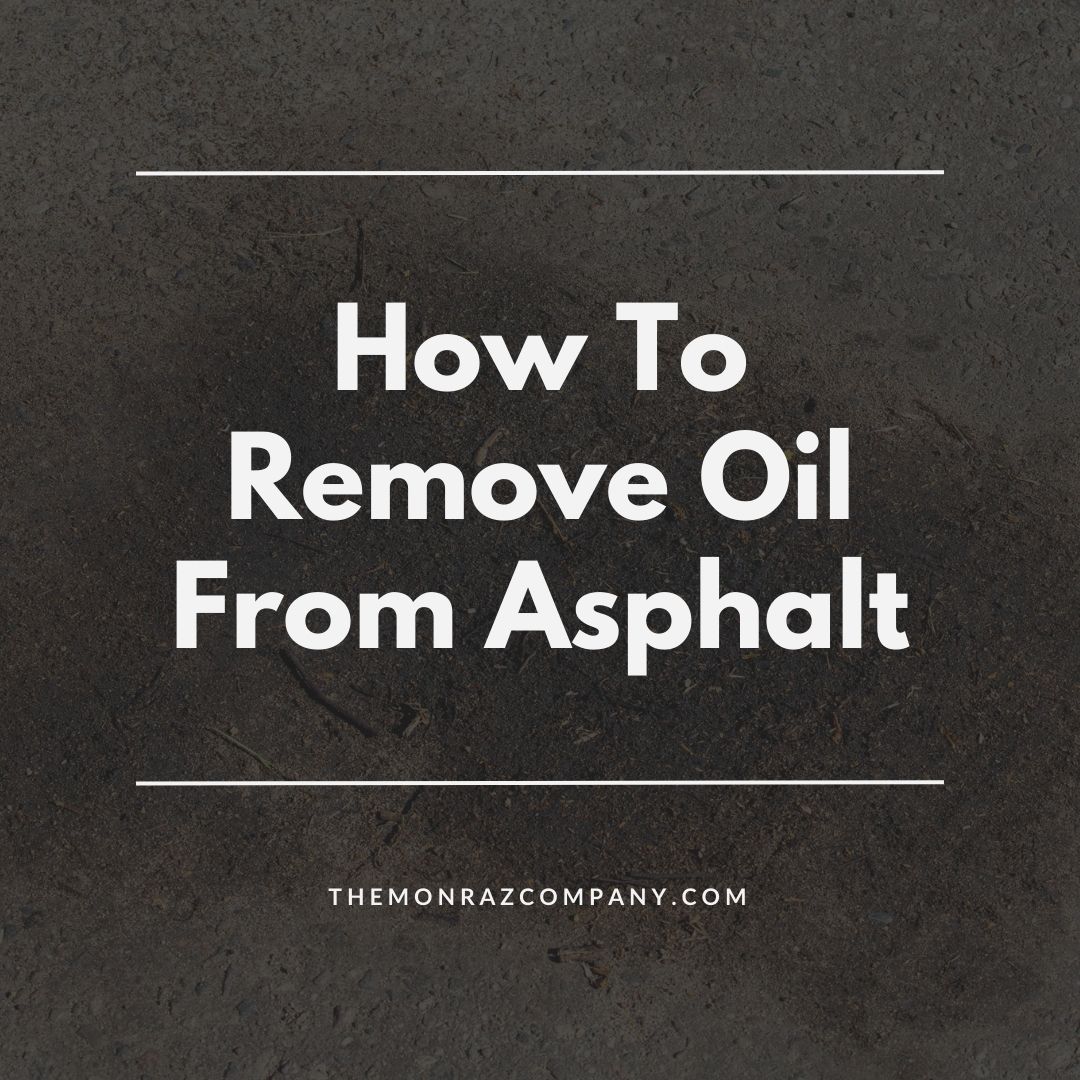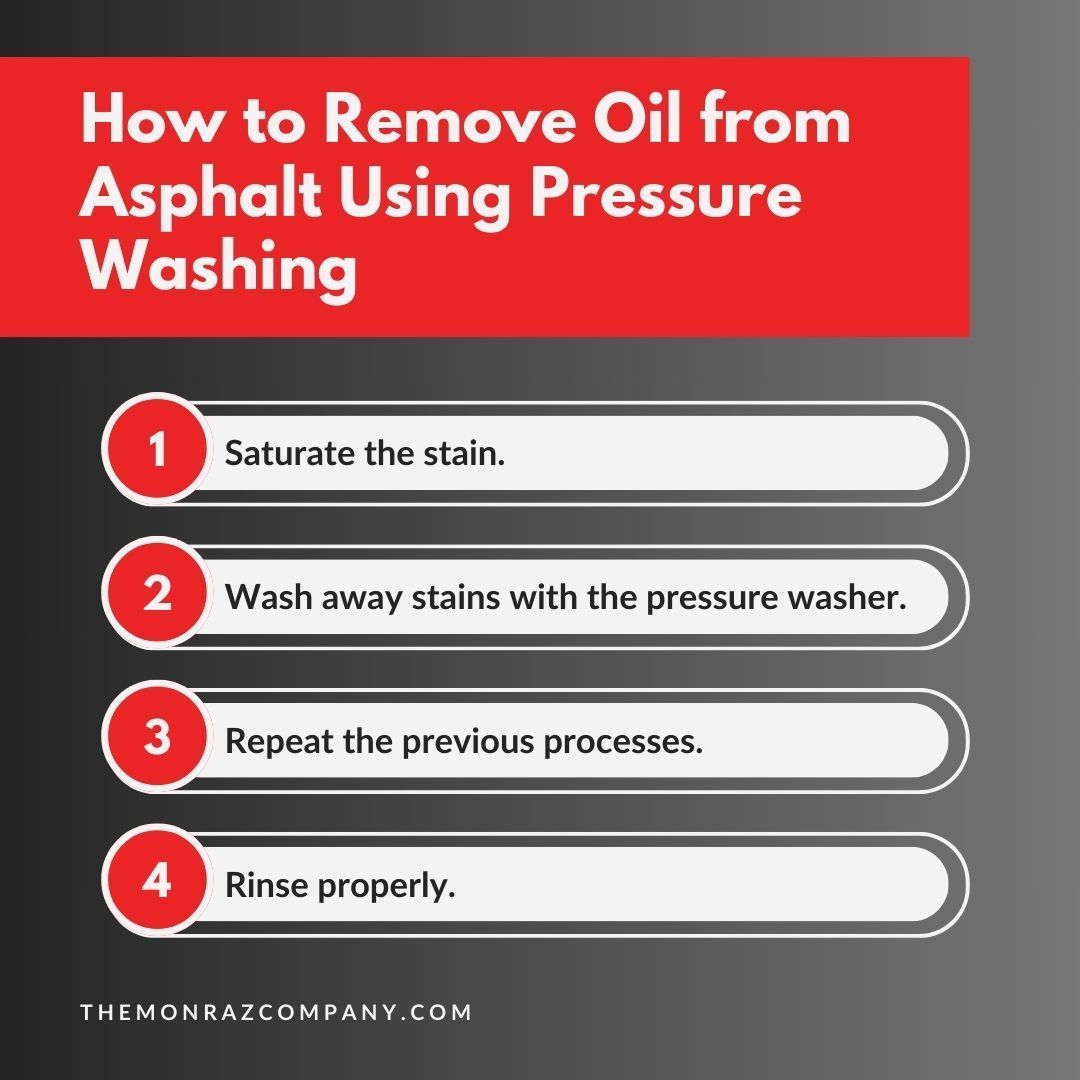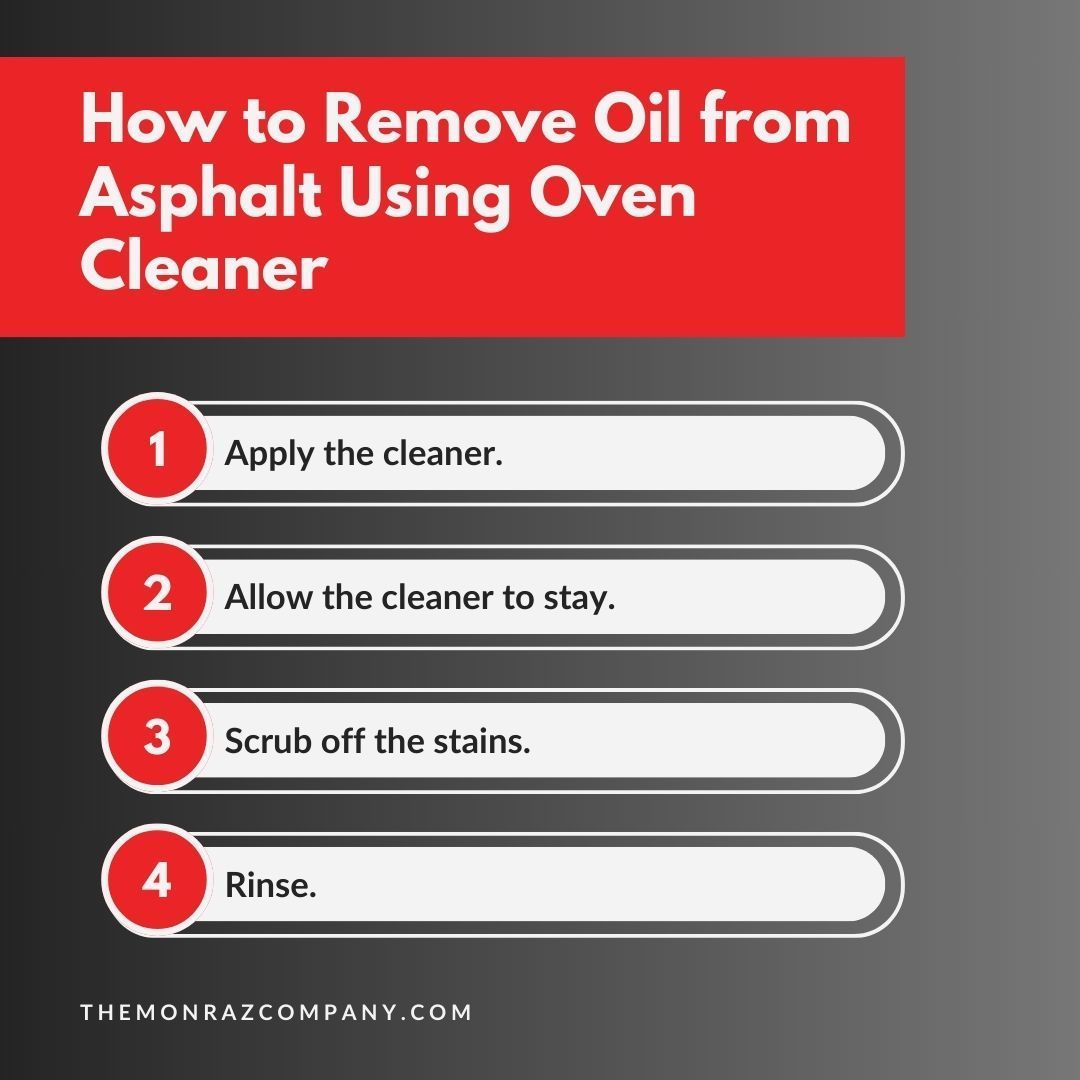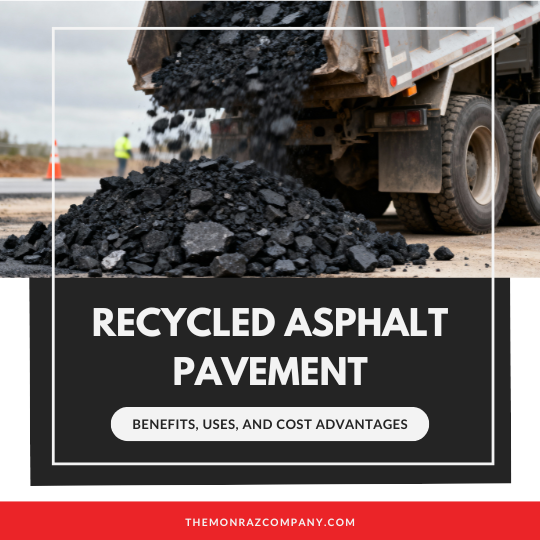How To Remove Oil From Asphalt
Asphalt is one of the most widely used paving materials for surfaces like driveways, parking lots and roads due to its durability and affordable price point. It creates a smooth, hard surface that can withstand the wear of regular vehicle traffic. However, because of how asphalt is made , it is porous and naturally absorptive. This makes it susceptible to absorbing automotive fluids like oil, transmission fluid , and other maintenance liquids that are prone to coming in contact with your asphalt surface.
Grease and oil are inevitable when there’s heavy traffic, but that doesn’t mean they’re welcome. These oil spots are not just unappealing, but they can also become a slipping hazard if the oils are transferred to shoes. And, once the residue is on the shoes, it can be transferred anywhere, including in the person’s home and inside buildings on your property. The cost of ruined carpet or furniture can be expensive!
The longer the oils stay on the asphalt surface, the more likely they’ll be to penetrate deeper into the asphalt and spread across the parking lot. So, this post is dedicated to cleaning oil off asphalt to keep an aesthetic and functional driving and marking surface. Here are the most effective solutions for removing oil from asphalt:

How To Remove Oil From Asphalt
There are a few different techniques you can use to remove oil stains from asphalt, each with its own pros and cons. Let’s take a look at some of the most effective options.
Pressure Washing
A powerful pressure washer with a wide spray nozzle can be very effective at blasting away oil and grease residue from asphalt. Here’s an outline of how to use it in removing unwanted oil stains:
Step 1: Saturate the stain.
The first step is to saturate the stain with water. This helps to loosen the dirt and oils, making it easier to remove the stains.
Step 2: Wash away stains with the pressure washer.
Use the pressure washer in a medium setting, keeping the nozzle 6 to 8 inches away from the surface. Work from the outer edges inwards in a circular motion.
Step 3: Repeat the previous processes.
Reapply water as needed and repeat until the stain is completely gone. It may take several passes for tough, set-in stains.
Step 4: Rinse properly.

Rinse the area well when finished to remove any remaining residue. This thorough rinsing will ensure once the water dries, the oil doesn’t just seep back into the asphalt.
The high-pressure water stream from a pressure washer does an excellent job of breaking down and lifting oil from asphalt surfaces. For set-in stains, it’s the most effective approach. Just be sure not to be too close or use high pressure, which could damage the pavement while trying to remove the stain.
Dish Soap and Water
A simpler low-cost technique is to use dish soap , which cuts through the oil very well as a degreasing cleaner. A series of simple steps will help you get rid of oil stains easily and cheaply .
Step 1: Make the soap solution.
Make a solution of 1/2 cup dish soap per gallon of warm water.
Step 2: Apply the soap to the stain.
Apply liberally to the stain and surrounding area using a stiff bristle brush to work it into the asphalt.
Step 3: Rinse properly.
Allow to soak for 30 minutes before rinsing fully with a hose or pressure washer.
Step 4: Repeat the previous processes.
Repeat as needed for stubborn oil spots. More applications will continue to break down that oil and remove the residue.
For light surface oil stains on your driveway, this method works quite well without heavy machinery. The soap lifts oils up to easily wash away.

Oven Cleaner
Oven cleaner sprays are quite effective at tackling tough grease spots due to their degreasing ingredients.
Step 1: Apply the cleaner.
Spray the cleaner directly onto the stained areas.
Step 2: Allow the cleaner to stay.
Allow the cleaner to stay on the stained area for 5-10 mins depending on the period indicated on the product.
Step 3: Scrub off the stains.
You can scrub the stains off with a stiff brush or rag if needed.
Step 4: Rinse.
Rinse away dissolved grease with a hose or pressure washer , so it doesn’t seep back into the pavement. .
These commercial cleaners cut through set-in oils like those left from car leaks. Just be cautious of asphalt damage from stronger formulations.
Baking Soda or Cat Litter
For lighter surface motor oil spills, abrasive soda or litter can sometimes work wonders by soaking up the stain .
Step 1: Apply the baking soda or cat litter.
Sprinkle baking soda or non-clumping cat litter over fresh oil spills.
Step 2: Allow the baking soda to stay.
Allow the baking soda to absorb oils for 15-30 minutes.
Step 3: Clear away residues.
Sweep or blow away residue when dry, taking any absorbed oils with it. You can use a stiff broom or brush if needed for set stains.
The right tools and materials ensure you can easily remove oil stains from asphalt surfaces.
W ith the right tools and materials, you have several effective options for removing oil and grease stains from your asphalt driveway or parking lot. Pressure washing works best for set-in stains, while simpler soaking techniques aid in lifting recent surface spills. Addressing motor oil spills promptly helps to prevent their incorporation into the asphalt pores over time.
By removing stains regularly, you preserve the aesthetic and function of your asphalt surfaces as discussed in our post on concrete vs asphalt parking lot . With some elbow grease, you can keep it looking its best season after season.
Here at TMC Engineering, we have a deep commitment to delivering projects characterized by the highest standards for safety, workmanship, and client satisfaction. We aim to provide you with valuable content and insights related to the services our team of experts provides! Whether you require asphalt paving, striping, sealing, or concrete work, we offer a full suite of transportation construction solutions. Look no further–we’ve got all you need and more!




